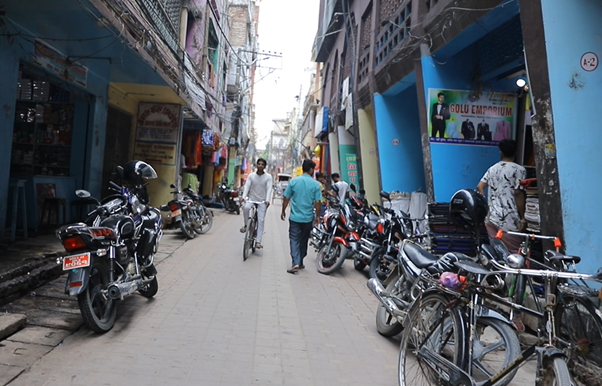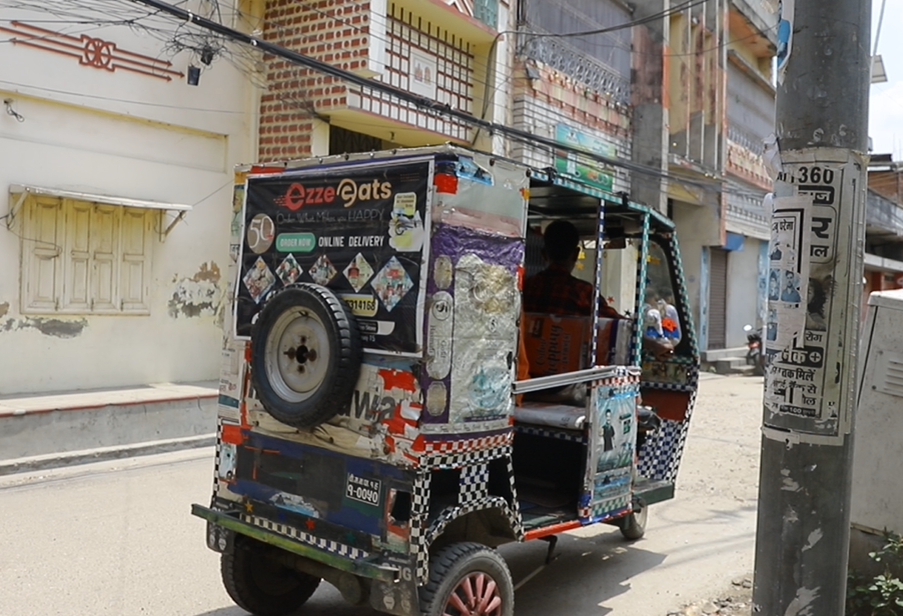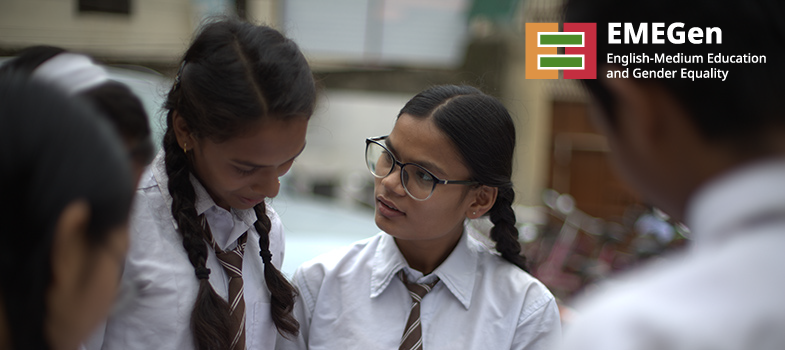OER 1 Attitudes to languages and gender
4.1 Teachers – Activity 1
 Class discussion about languages
Class discussion about languages
1. Begin a class discussion about when, where and why we use different languages.
Ask students to give examples of the languages they read, write, hear and speak in different places with different people or groups, and why.
Do we use only one language in these places, or do we mix languages?
- At home
- In school
- In the community
- In the church, mosque or temple
- On the radio/television
- On the internet
- On social media
- On a mobile phone
- In different classes in school, such as Science or History class.
2. Ask students to give examples of the languages they use when we interact with:
- a grandparent
- an elder
- a tourist
- the school principal
- a police officer
- a shopkeeper
- a friend
- on social media
- in an email
- in a messaging app.
Where do we use more or less formal language? Where do we use only one language, and where do we mix languages?
Do we use only words, or do we use images (such as emoticons 😊) or gestures in some situations?
3. Allow students to develop their ideas in the languages they are most confident with – if this is permitted in your school. They can do this with a partner, or in a small group. Then have them practise their ideas in English. They can make notes in English to help them respond.
Pictures can prompt discussions about which languages are used for which purposes:




Variation: You can do this activity in a language lesson
Have students talk, write and draw about their languages, to create a ‘language portrait’ of themselves.
You can model pronunciation, vocabulary, phrases and structures, such as:
- ‘When I am at home I use [language] with my grandmother because….’
- ‘I use [language] on the train when it is necessary to….’
Variation: You can do this activity in a subject lesson
Focus the discussion on a relevant topic and the languages students use for it in different contexts. For example, where, how, why and with whom do we talk about numbers, history, science, or technology? Do we use different languages for certain ideas or vocabulary?
Have students discuss with a partner, or in a small group, or make notes, before they present their ideas.
This discussion can help students learn subject content and subject language at the same time.
